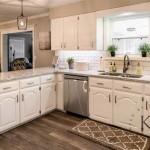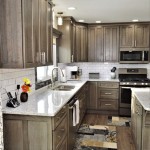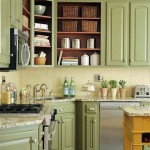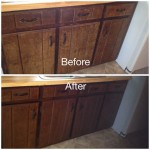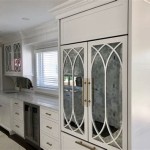Essential Aspects of LED Kitchen Cabinet Lighting: Elevating Your Kitchen's Functionality and Aesthetics
LED kitchen cabinet lighting has gained immense popularity in recent years for its exceptional functionality, energy efficiency, and ability to enhance the overall aesthetics of a kitchen space. If you're considering incorporating LED lights into your kitchen cabinets, here are some essential aspects to keep in mind:
Light Output and Color Temperature
The light output of LED strips is measured in lumens, which determine the brightness of the light. For under-cabinet lighting, aim for a light output of around 200-300 lumens per foot. Additionally, consider the color temperature of the LED strips. Warm white (2700-3000K) creates a cozy and inviting atmosphere, while cool white (4000-5000K) provides a more energizing and focused light. Choose a color temperature that complements the overall ambiance of your kitchen.
Placement and Installation
The placement of LED cabinet lights is crucial for optimal functionality. For under-cabinet lighting, mount the strips directly below the cabinets, facing downwards to illuminate the work surface effectively. Consider adding additional strips at the back of the cabinets or above the countertop to create a layered lighting effect. The installation process is typically straightforward, involving connecting the LED strips to a power source and mounting them using adhesive tape or screws.
Power Supply and Dimming
LED strips require a compatible power supply to function. Determine the total wattage of the LED strips and choose a power supply with a slightly higher wattage capacity. This ensures stable operation and prevents overloading. Additionally, consider installing a dimmer switch to adjust the light intensity and create different moods in your kitchen. Dimmer switches can be wired directly to the power supply or controlled wirelessly using a remote control or smartphone app.
Motion Sensors and Smart Features
Incorporating motion sensors into your LED cabinet lighting can enhance convenience and functionality. Motion sensors automatically turn on the lights when movement is detected, providing hands-free operation. Smart features, such as voice control and integration with home automation systems, offer even more convenience and allow you to control your lighting remotely. These advanced features can elevate your kitchen's user experience.
Maintenance and Longevity
LED kitchen cabinet lighting is generally low-maintenance, with a long lifespan of up to 50,000 hours. However, regular cleaning is recommended to maintain optimal performance and prevent dust accumulation. Avoid using harsh chemicals or abrasive materials when cleaning LED strips. The durability and longevity of LED lights make them an excellent long-term investment for your kitchen.
Conclusion
LED kitchen cabinet lighting offers a multitude of benefits, combining functionality, energy efficiency, and aesthetic appeal. By considering the essential aspects highlighted in this article, you can make informed decisions about the light output, placement, power supply, and additional features that best suit your kitchen's needs. LED cabinet lighting not only enhances visibility and improves task performance but also transforms your kitchen into a more inviting and stylish space.

Why Under Cabinet Kitchen Lights Are A Bright Addition To Your Home
Led Under Cabinet Lighting Projects How To Use Strip Lights

How To Choose And Install Led Strip Lights For Kitchen Cabinets
Led Under Cabinet Lighting Projects How To Use Strip Lights

5 Types Of Under Cabinet Lighting Pros Cons 1000bulbs Blog

How To Install Led Under Cabinet Lighting In Kitchen Furniture Design Light Sp Z O
Artika Stream Led Under Cabinet 3 Light Set Costco

How To Choose And Install Led Strip Lights For Kitchen Cabinets

V Shape Led Light Bars Cefrank

Why Under Cabinet Kitchen Lights Are A Bright Addition To Your Home
Related Posts

